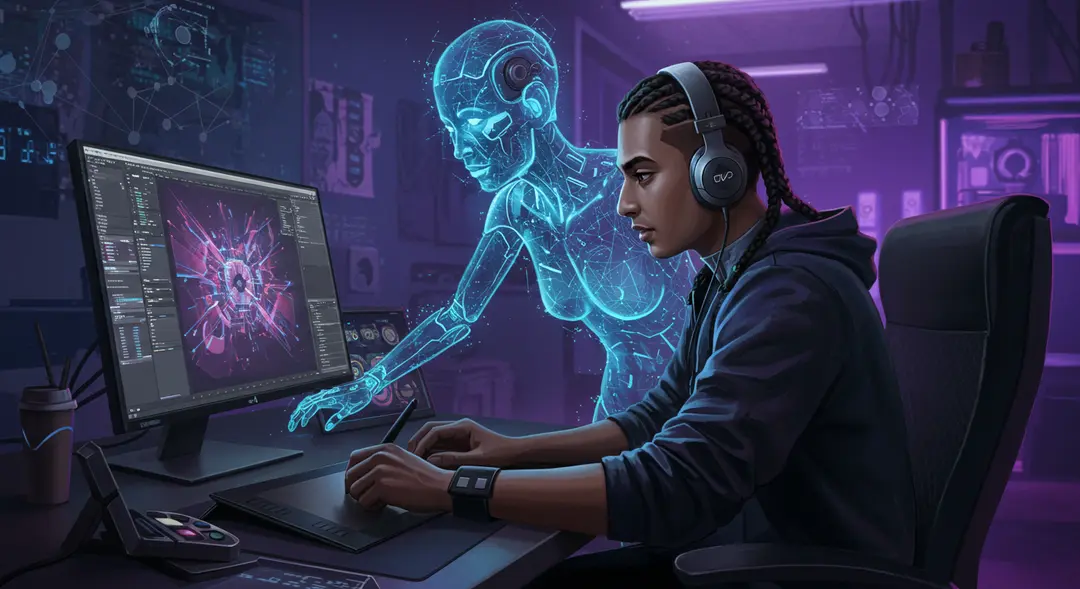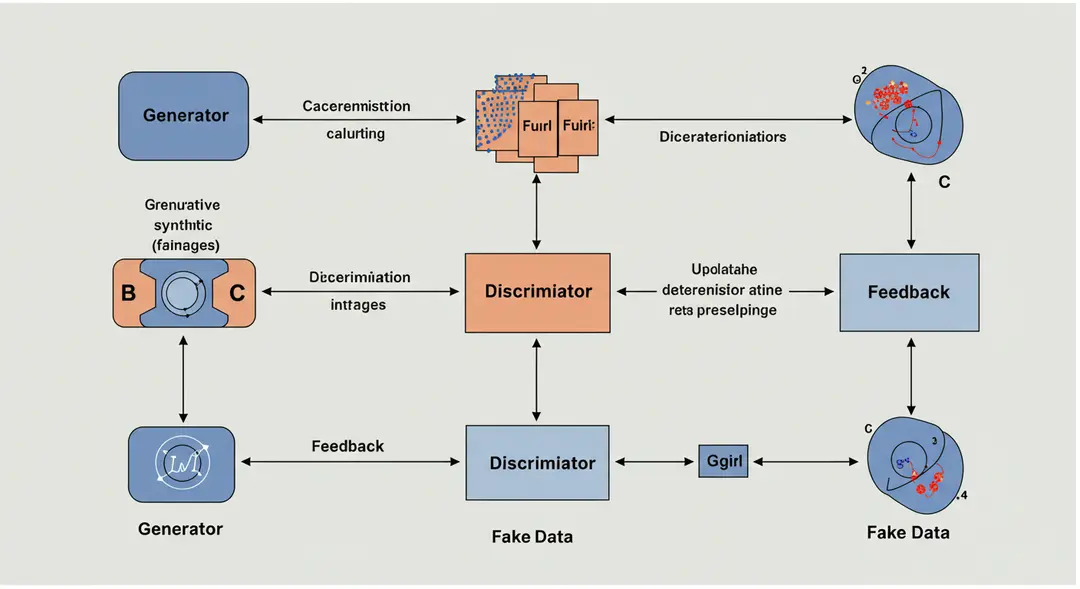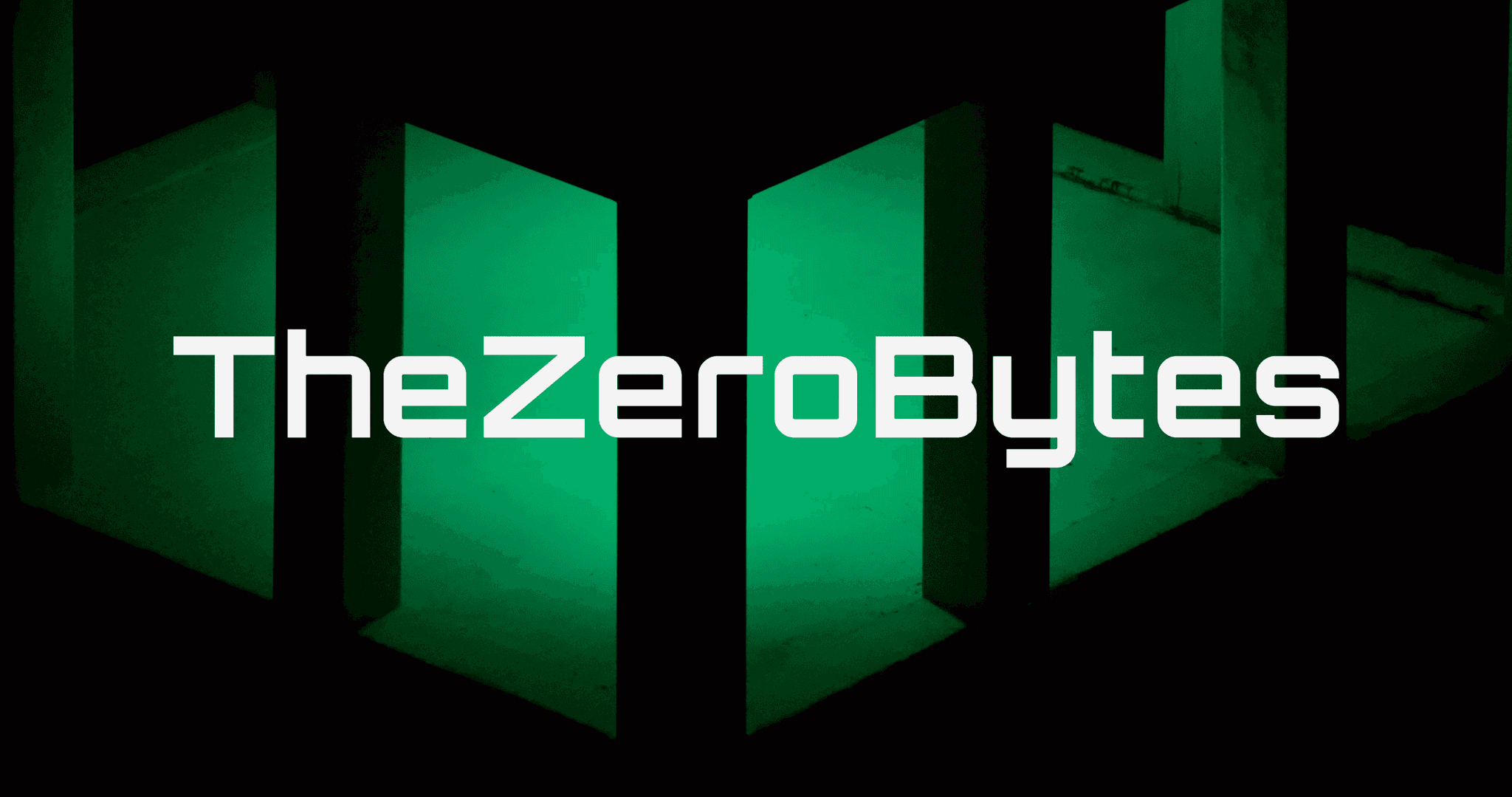
Beginner's Guide to Generative Adversarial Networks (GANs)
Understanding how GANs create realistic data.

Zero Logic Space
AI & Machine Learning Hub
Generative AI Explained: Text, Image, Audio Models
SHARE
Beginner's Guide to Generative Adversarial Networks (GANs)
Understanding the Basics and Beyond

Artificial intelligence continues to push the boundaries of what's possible, and one of the most exciting and creative developments in recent years has been the emergence of Generative Adversarial Networks, or GANs. If you've seen incredibly realistic AI-generated faces, stunning digital art created by algorithms, or even AI-generated text that sounds eerily human, you've likely encountered the work of GANs. But what exactly are these fascinating neural networks, and how do they manage to conjure such convincing data from seemingly nothing? This beginner's guide aims to demystify the concept of GANs. We'll explore their core components, understand the unique "adversarial" training process that makes them so powerful, and touch upon some of the remarkable applications that are shaping the future of content creation and data generation. Dive in to learn the basics of Generative Adversarial Networks and unlock the secrets behind their ability to create realistic digital content.
What are Generative Adversarial Networks?
At its heart, a Generative Adversarial Network (GAN) is a type of neural network architecture designed to generate new data that mimics the characteristics of a training dataset. Unlike traditional generative models that might learn probability distributions explicitly, GANs learn to generate data through a unique competitive process. Think of it as a game between two players: a generator and a discriminator. The generator's goal is to create fake data that is indistinguishable from real data, while the discriminator's goal is to become an expert at telling the difference between real and fake data. This adversarial setup drives both networks to improve iteratively, resulting in the generator producing increasingly realistic outputs.

The Two Players: Generator and Discriminator
The magic of GANs lies in the dynamic interplay between its two main components:
The Generator: This network is responsible for creating new data instances. It starts with random noise as input and transforms it into a data sample (like an image, text, or audio clip). Initially, its creations are poor copies of the real data. Its objective is to learn to produce outputs that can fool the discriminator into believing they are real.
The Discriminator: This network acts like a critic or a detective. It takes a data sample as input – which can be either a real sample from the training dataset or a fake sample produced by the generator – and outputs a probability score indicating whether it believes the sample is real or fake. Its objective is to accurately distinguish between real and fake data.
The Adversarial Training Process
The power of GANs comes from their adversarial training process. The two networks are trained simultaneously, but with conflicting goals:
The Generator produces a batch of fake data.
These fake data samples, along with a batch of real data samples from the training set, are fed into the Discriminator.
The Discriminator is trained to correctly classify the real samples as real and the fake samples as fake.
The Generator receives feedback based on how well it managed to fool the discriminator. It then updates its parameters to produce more convincing fake data in the next round.
The process repeats. As the generator gets better at creating realistic data, the discriminator must also improve its ability to detect fakes. This continuous competition pushes both networks to higher levels of performance.
This adversarial dance continues until the generator is producing data so realistic that the discriminator can no longer reliably distinguish it from real data. At this point, the generator has effectively learned the underlying distribution of the real data and can generate new, plausible samples.

Exciting Applications of GANs
The ability of GANs to generate realistic data has opened up a vast array of applications across various fields:
Image Generation: Perhaps the most well-known application, GANs can create highly realistic images of faces, landscapes, and objects that have never existed. Websites like "This Person Does Not Exist" showcase this capability.
Image-to-Image Translation: GANs can transform images from one domain to another, such as turning a sketch into a photorealistic image, changing daytime photos to nighttime, or even converting satellite images to maps.
Text-to-Image Synthesis: Given a textual description, GANs can generate an image that matches the description.
Data Augmentation: By generating synthetic data that is similar to existing training data, GANs can help increase the size and diversity of datasets, which is particularly useful in domains where data is scarce.
Video Generation: GANs are being explored for creating realistic video sequences.
Drug Discovery and Materials Science: GANs can be used to generate novel molecular structures with desired properties.

Conclusion
Generative Adversarial Networks represent a significant leap forward in the field of generative modeling. Their unique adversarial training mechanism, pitting a generator against a discriminator, allows them to learn the complex distributions of real-world data and produce astonishingly realistic outputs. From creating digital art and generating synthetic media to aiding scientific discovery, GANs are rapidly transforming how we interact with and create digital content. While challenges remain in training stability and interpretability, the potential of GANs continues to excite researchers and developers alike. As these networks become more sophisticated, what new forms of creativity and innovation will they enable next?
Leave a Comment
Your email address will not be published.
4 Comments

Williams Thompson
May 3, 2025
Drones are getting so smart these days, I'm starting to feel like mine’s judging my driving from the sky. On a serious note though, amazing to see how far drone tech has come. Next stop: drone pizza delivery, I hope!

Williams Thompson
May 3, 2025
Drones are getting so smart these days, I'm starting to feel like mine’s judging my driving from the sky. On a serious note though, amazing to see how far drone tech has come. Next stop: drone pizza delivery, I hope!

Williams Thompson
May 3, 2025
Drones are getting so smart these days, I'm starting to feel like mine’s judging my driving from the sky. On a serious note though, amazing to see how far drone tech has come. Next stop: drone pizza delivery, I hope!

Williams Thompson
May 3, 2025
Drones are getting so smart these days, I'm starting to feel like mine’s judging my driving from the sky. On a serious note though, amazing to see how far drone tech has come. Next stop: drone pizza delivery, I hope!
Explore More Categories
You May Also Like
Explore More Sub-Categories



















